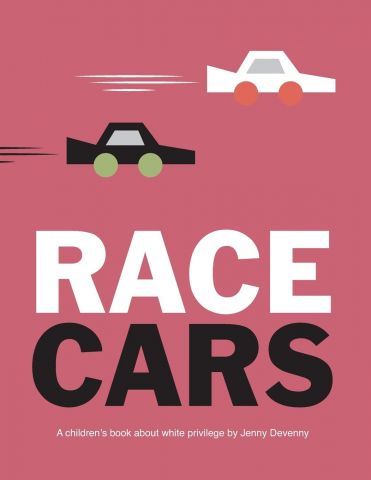Race Cars

1. Understand implications of one group being treated better than another group
2. Brainstorm possible solutions
This is a book about white privilege. It uses race cars to facilitate conversations about race, oppression, and how white privilege works. Race Cars tells the story of two best friends, a white car and a black car, that have different experiences and face different rules while entering the same race. Why is this book important? As early as 6 months, a baby's brain can notice race-based differences; by ages 2 to 4, children can internalize racial bias and start assigning meaning to race. 5- to 8-year-olds begin to place value judgments on similarities and differences. By age 12, children have a complete set of stereotypes about every racial, ethnic, and religious group in society. Adult guidance is especially crucial during this impressionable time, and Race Cars offers a simplistic, yet powerful way to introduce these complicated themes with fidelity. (Before reading, teacher should review the last two pages of the book – “Talking about...” and “Discussion Questions...”)